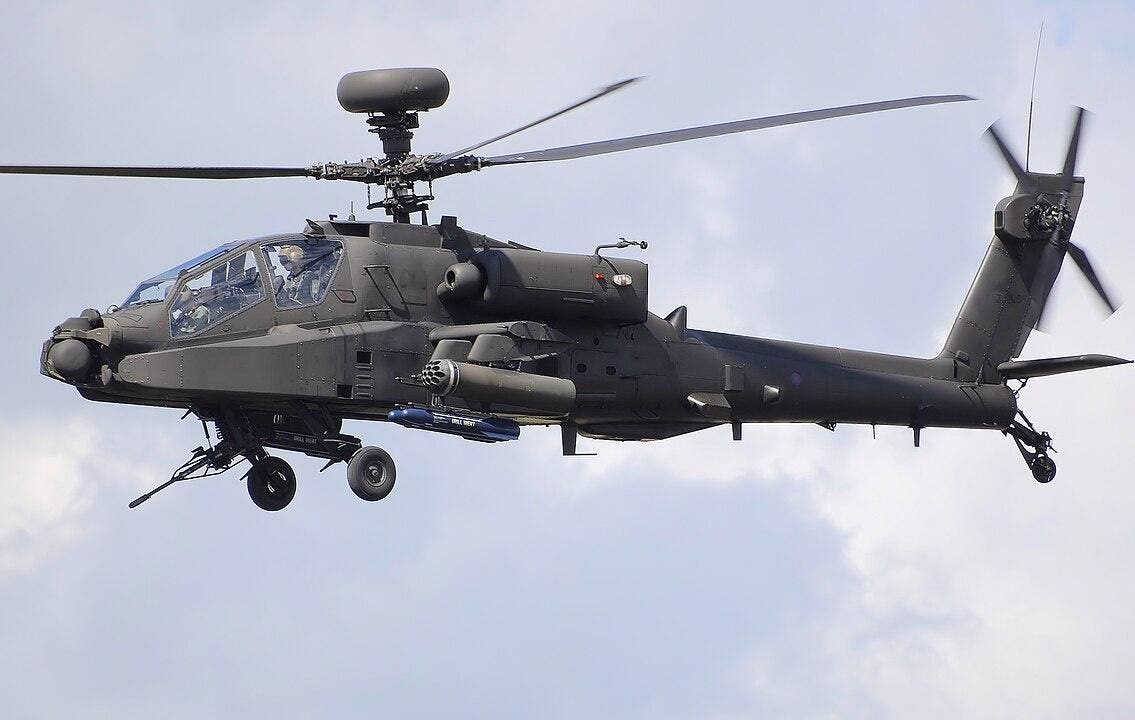Boeing
BA
However, Boeing executives don’t think of their company as simply an American brand. The vast majority of their jetliners are sold to foreign carriers, and their defense business has durable relations with militaries in Europe, the Middle East, South Asia and the Pacific littoral.
Increasingly, the company—a contributor to my think tank—wants to be thought of as part of the hometown team in places like India, and it is willing to invest to demonstrate its commitment to local aerospace markets.
For Boeing Defense, Space & Security—which encompasses most of the aerospace giant’s military business—Europe presents itself as a market worthy of increased focus. The company doesn’t want to become a European defense enterprise so much as it wants customers and investors to realize it already is one.
That has become increasingly apparent in the wake of Russia’s Ukraine invasion, as European allies have made major purchases of Boeing military systems:
- Poland ordered 96 AH-64E Apache attack helicopters, joining other European operators of the airborne tank killer such as Greece, the Netherlands and the United Kingdom.
- Germany ordered 60 CH-47F Chinook Block II cargo helicopters, embracing the same heavy-lift rotorcraft favored by Greece, Italy, the Netherlands, Spain, Turkey and the United Kingdom.
- Germany added to its planned fleet of P-8A Poseidon maritime patrol aircraft, a solution to rising threats at sea already adopted by the Royal Norwegian Air Force and Britain’s Royal Air Force.
Those are not the only European purchases of Boeing military products since the Ukraine invasion. For instance, there is growing demand for the company’s Small Diameter Bomb, a satellite-guided weapon that enables aircraft to precisely attack surface targets while minimizing collateral damage to adjacent locations.
Beyond the recent sales, Boeing executives have detected a sea change in European defense preparations that began with former President Donald Trump’s complaints about inadequate defense spending in allied capitals—complaints that looked prescient once Russia launched its invasion.
European defense spending hasn’t just risen since Trump took office; the composition of expenditures has shifted in favor of equipment purchases. According to Boeing internal charts, equipment outlays surged from only 20% of European military outlays in 2016 to 33% in 2023.
Much of this is tied directly to the Ukraine crisis, but that conflict has led to a stiffening of resolve in NATO nations about being better armed. Germany alone has committed $100 billion in increased funding to improved military preparedness.
Not only are military budgets rising in many NATO nations, but countries that previously were officially neutral such as Finland and Sweden have moved to join the Atlantic Alliance. Future weapons purchases by those countries will likely favor warfighting systems already in use by NATO countries in order to maximize interoperability in combat.
So, from Boeing’s point of view, a number of trends point to the likelihood that military sales opportunities will be increasing in Europe in the years ahead. It thus makes sense to leverage longstanding military R&D relationships in Europe to grow the sales of finished products.
One program providing early sales potential is the Boeing-Saab T-7 trainer, known as Red Hawk. Red Hawk is a fully digitized supersonic training system designed to instruct pilots in the intricacies of flying tactical aircraft.
Boeing bid aggressively to secure the T-7 in a U.S. Air Force competition, betting that its future overseas sales potential could be substantial. With Swedish aerospace company Saab on board as a partner, it is likely to appeal to several NATO allies in need of a next-generation trainer.
Europe isn’t the only place where Boeing wants to be closer to local industry and markets. Company executives seem convinced India will match or surpass China as an aerospace market in the years ahead, and they are considering ideas for becoming a bigger industrial player on the subcontinent.
Boeing has no intention of abandoning its status as a preeminent American brand. Virtually all of its aircraft, military and commercial, fixed-wing and rotary, are assembled in America.
But it is more open to new ways of operating overseas than at any other time in its recent history, and being regarded as a local favorite in places like Europe is an outcome likely to produce benefits for workers both at home and abroad.
Disclosure: Boeing is a contributor to my think tank, the Lexington Institute.
Read the full article here





